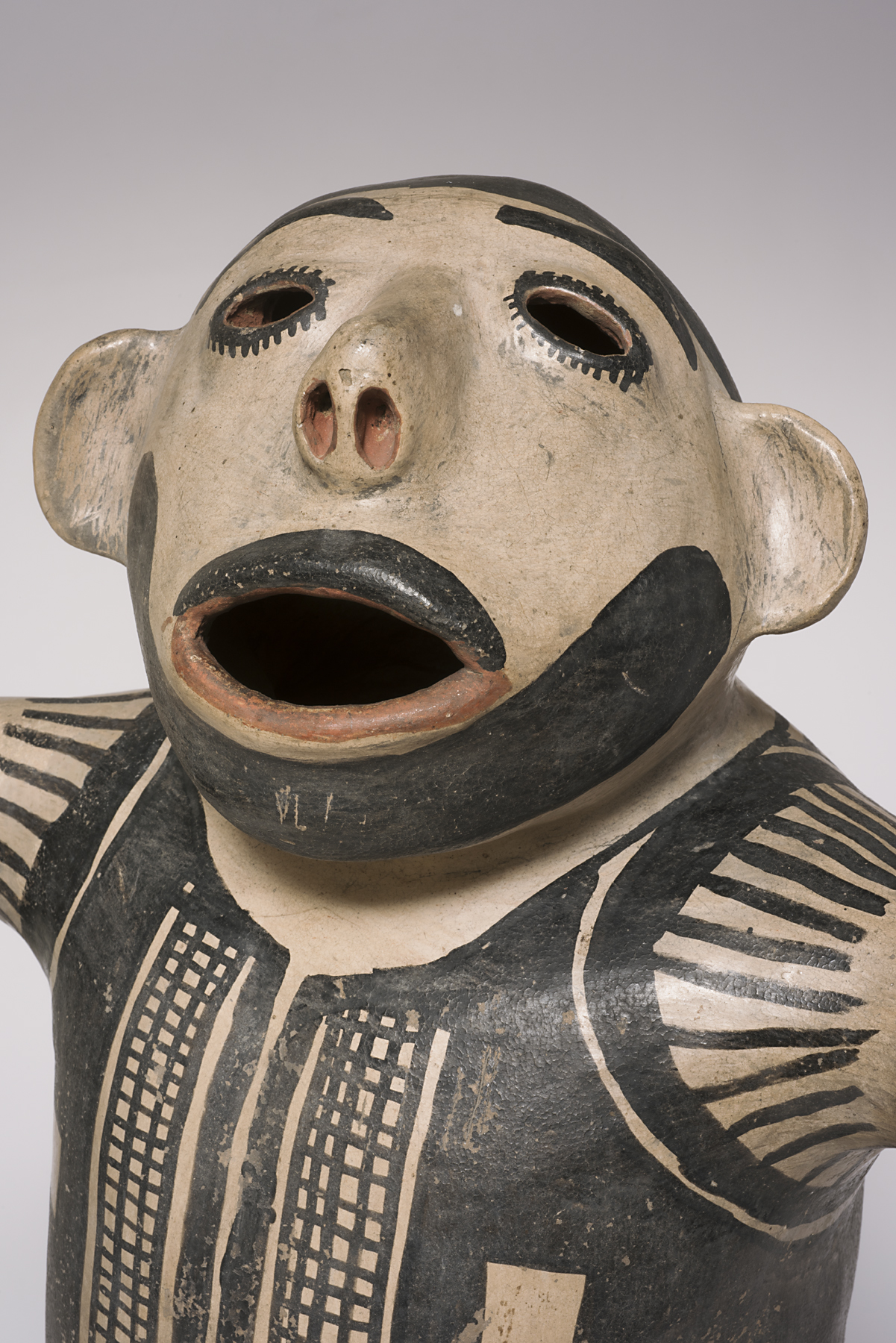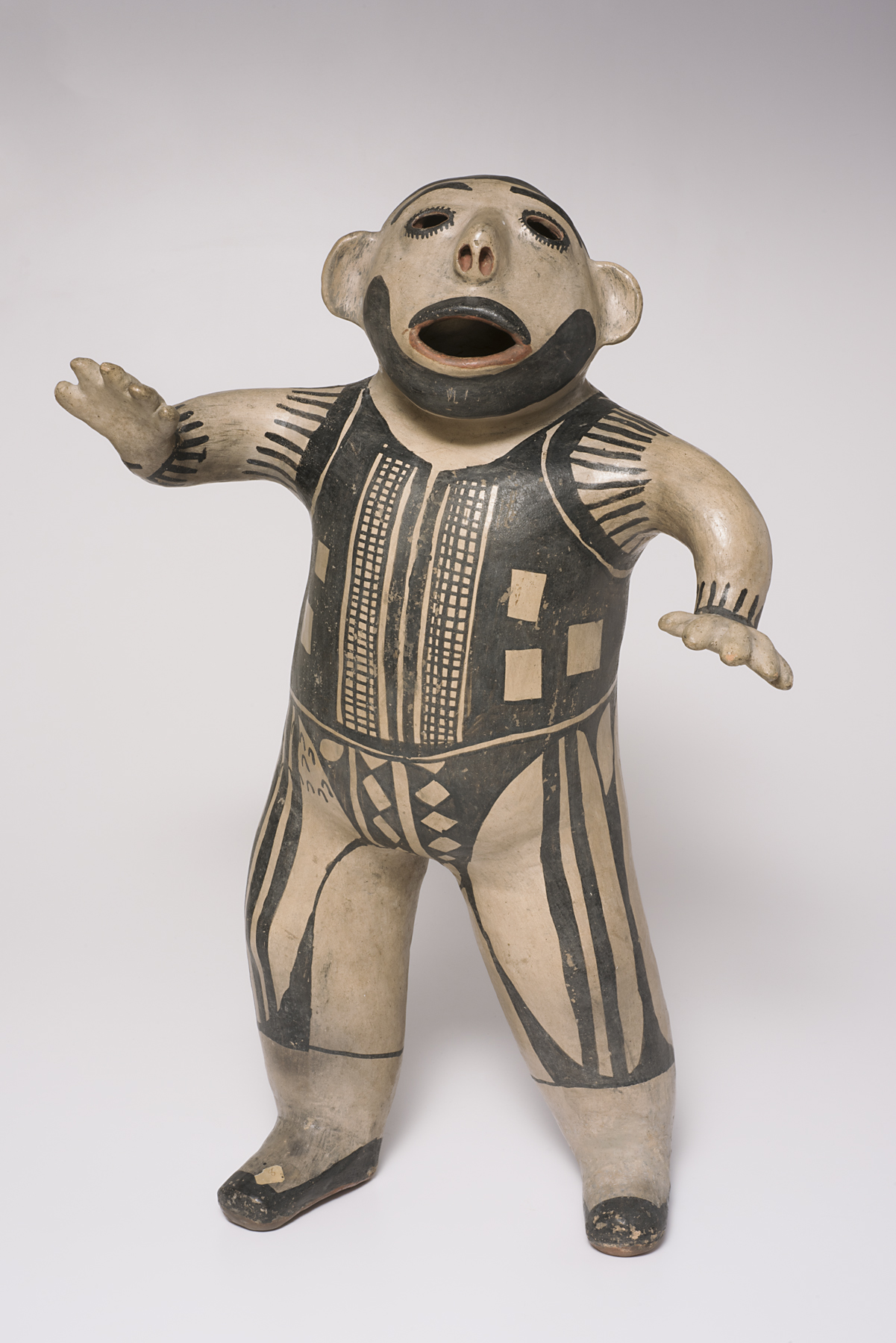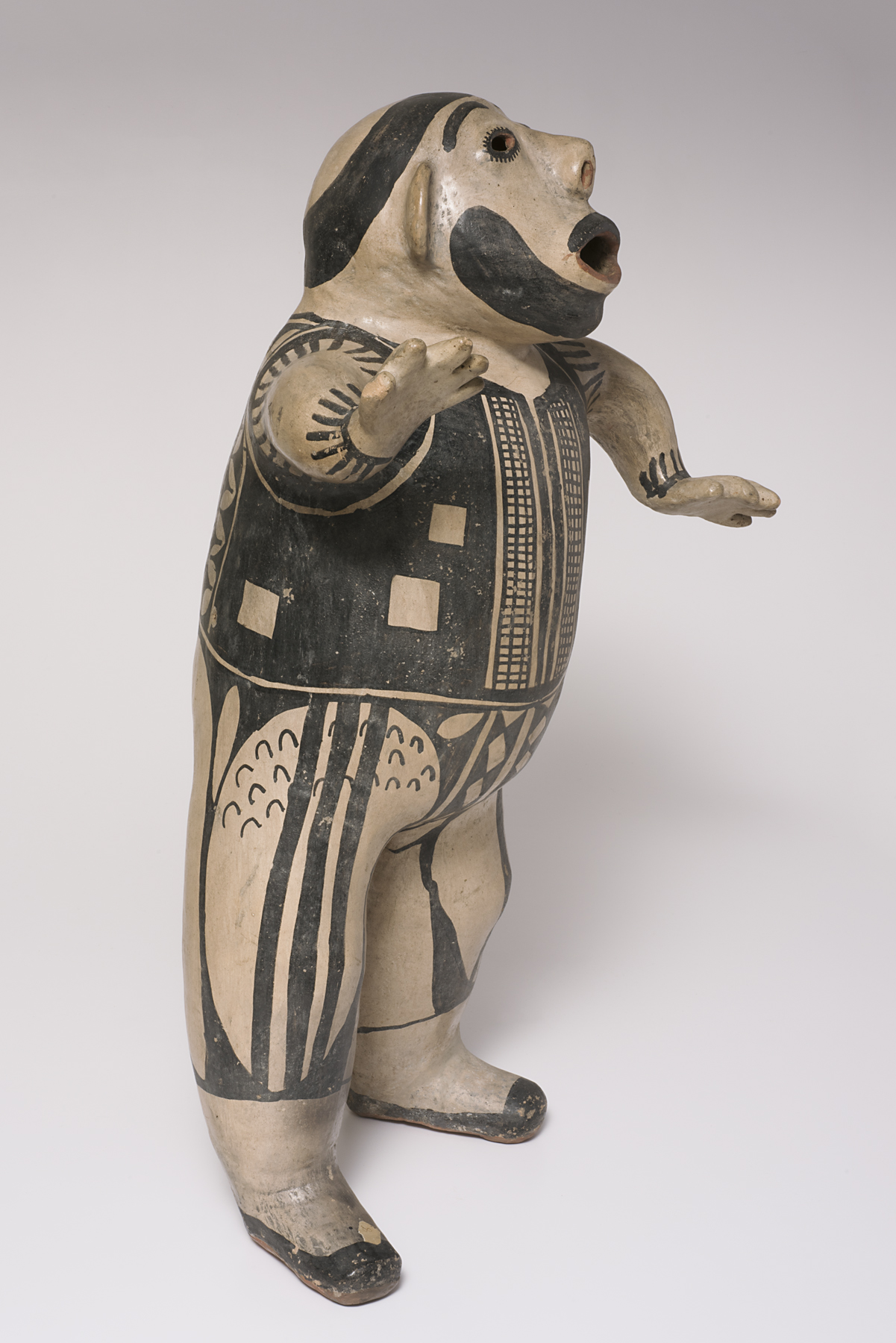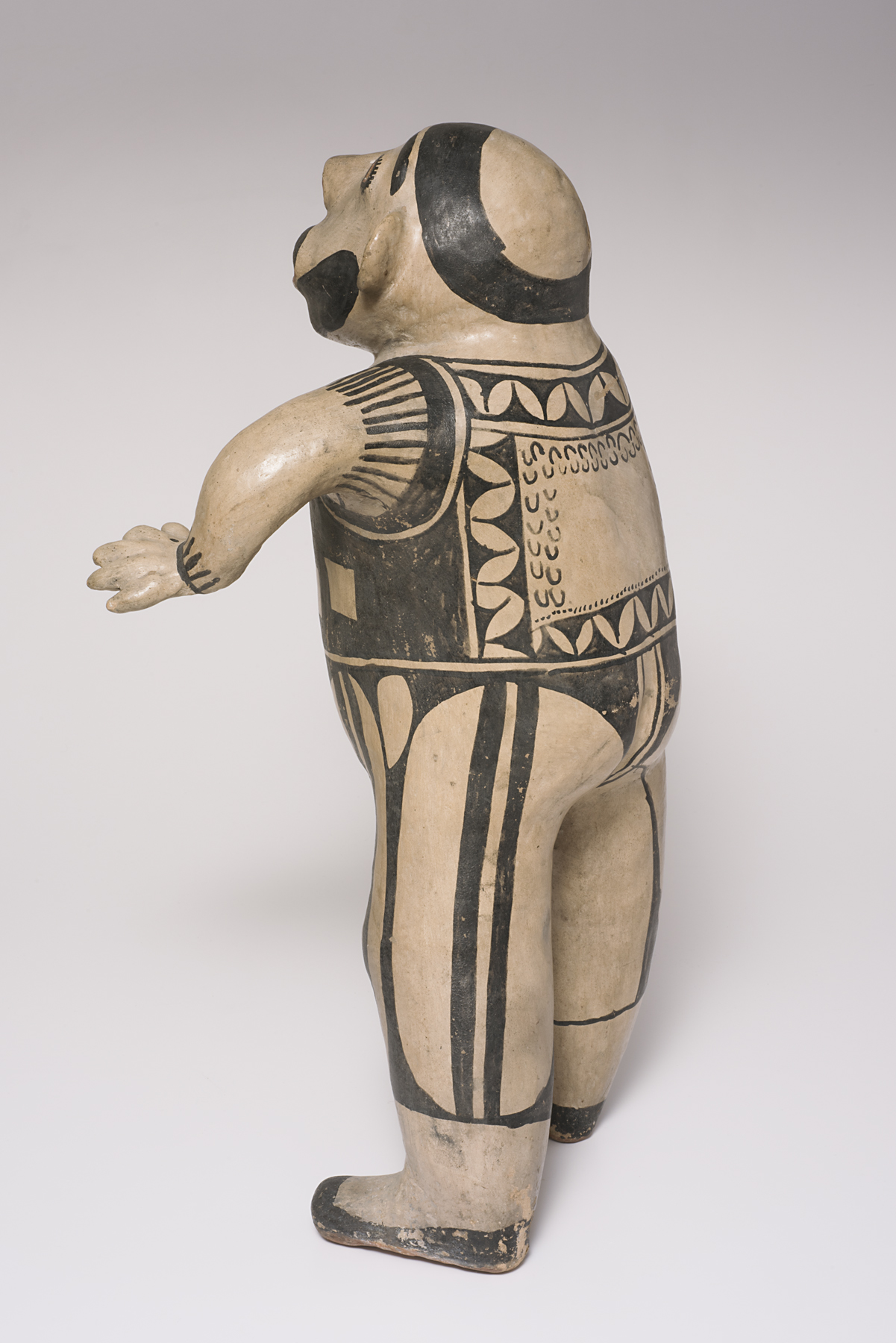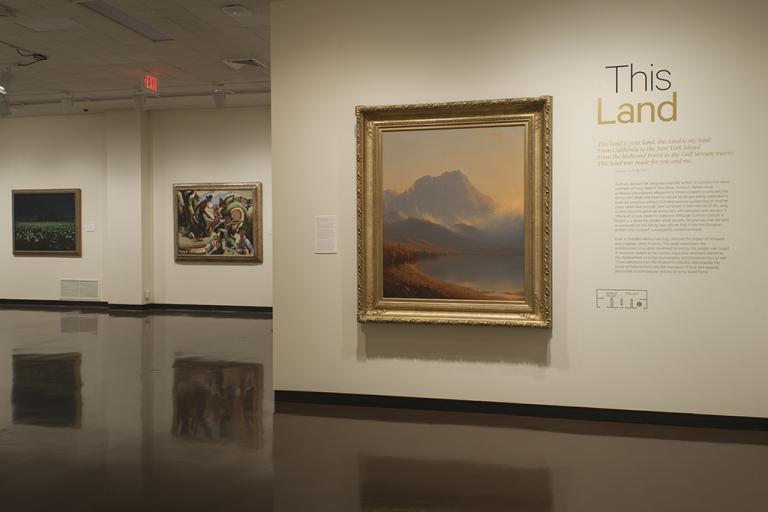standing human figure, unrecorded Kotyit artist
Artwork Overview
standing human figure,
circa 1880
Where object was made: Cochiti Pueblo, New Mexico Territory (present-day New Mexico), United States
Material/technique: ceramic; paint
Dimensions:
Object Height/Width/Depth (Height x Width x Depth): 71 x 48.5 x 31.5 cm
Object Height/Width/Depth (Height x Width x Depth): 27 15/16 x 19 1/8 x 12 3/8 in
Object Height/Width/Depth (Height x Width x Depth): 71 x 48.5 x 31.5 cm
Object Height/Width/Depth (Height x Width x Depth): 27 15/16 x 19 1/8 x 12 3/8 in
Credit line: Gift of James K. Allen
Accession number: 2007.7460
Not on display
If you wish to reproduce this image, please submit an image request

